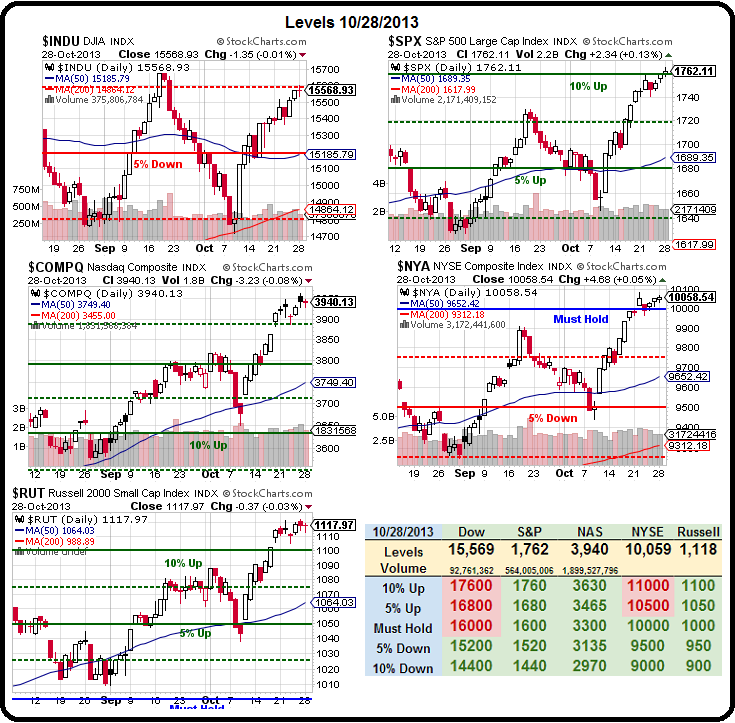BNP’s Paul Mortimer-Lee knocks it out of the park today with not one, not two, but pretty much all quotes in his latest note, “The Fed and QE: Hotel California?” A random sampling thereof (full note shortly).
From BNP
- History tells us that when the Fed tightens, bad stuff happens. The bond sell-off this summer on the mere announcement of QE ‘tapering’ is a case in point.
- Bonds will suffer when actual ‘tapering’ is announced. When it starts, we are likely to trade through the previous high for yields.
- Equities may look fairly immune at first, but as QE buying fades and eventually stops, take care. Any equity sell-off will have a knock-on effect on bonds and the economy.
- How large the effect on the markets will be will depend on how much the markets rally while QE is ‘on’. The bigger the rally, the worse the sell-off will be.
…
Our overall assessment is that when the Fed [ZH: again] decides to ‘taper’, there will be an adverse effect on markets. Bonds will suffer from a higher term premium and an upward revision of expectations about future levels of Fed funds. Equities are likely to suffer, too. How big the selloffs will be will depend on the circumstances – how robust the recovery looks, to what extent inflation remains quiescent and to what extent the current period of maintained QE leads to excess valuations in markets. Those markets that sold off most during the ‘taper tantrum’ tended to be those markets that had rallied most in previous months.
Clearly, this is one of the disadvantages of QE – one of its purposes is to distort markets. When QE ends, those distortions begin to unwind. Because of the disequilibria in financial markets under QE, relative valuations, as well as valuations of the risk-free asset, are distorted. Markets may go through considerable gyrations as they try to find the “right” constellation of equilibrium prices. It is possible that sufficiently vigorous reactions could adversely affect the economy.
It may be difficult to foresee all the effects of ending QE. After all, except with relatively brief breaks, the Fed has been using its balance sheet to stimulate the economy since 2009. Markets and the economy have gotten used to it. Will there be unexpected effects when QE ends? Seems like a good bet. What they will be is more difficult to say.
…
In the 1977 Eagles song, Hotel California, a luxury hotel appears inviting and offers a tired traveller comforting relief from his journey. It turns out to be something of a nightmare, however, and he finds that “you can check out anytime you like, but you can never leave”.
Does that sound a little bit like QE and the Fed? The FOMC signalled its intention to check out of QE at its June meeting, but by September, it found it could not leave.
![]()
via Zero Hedge http://feedproxy.google.com/~r/zerohedge/feed/~3/WkeqtMY30CM/story01.htm Tyler Durden












